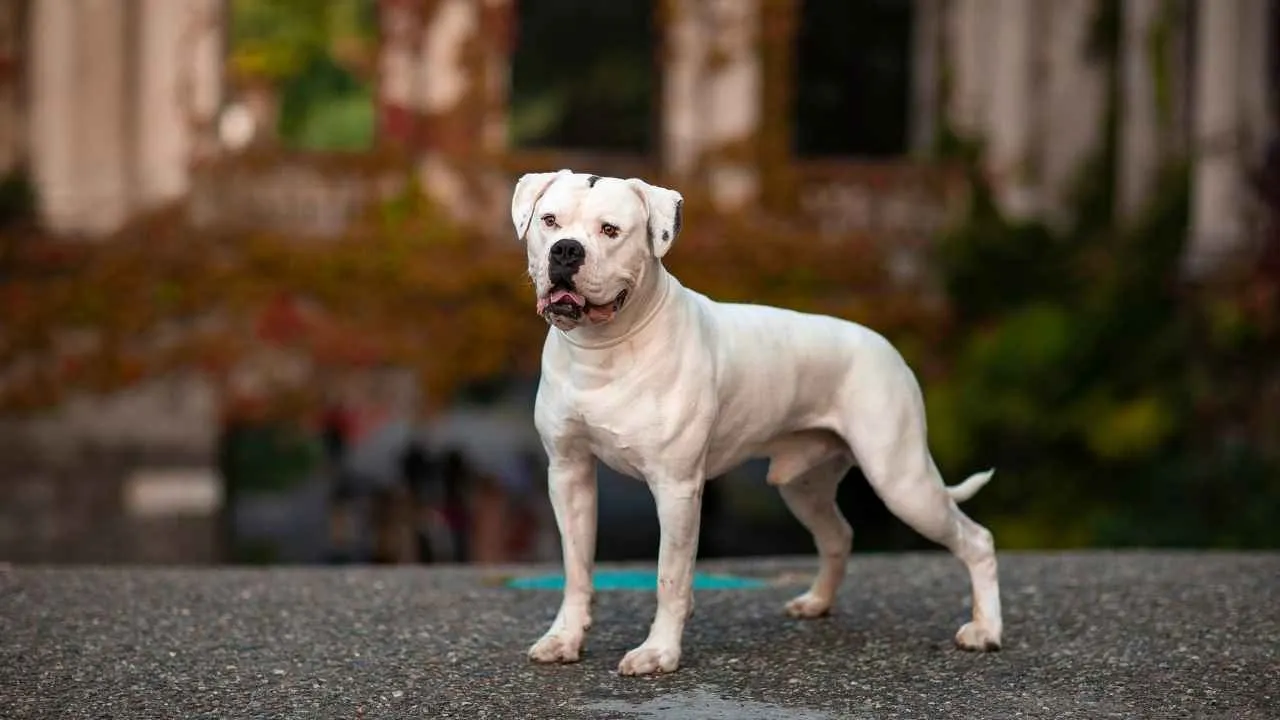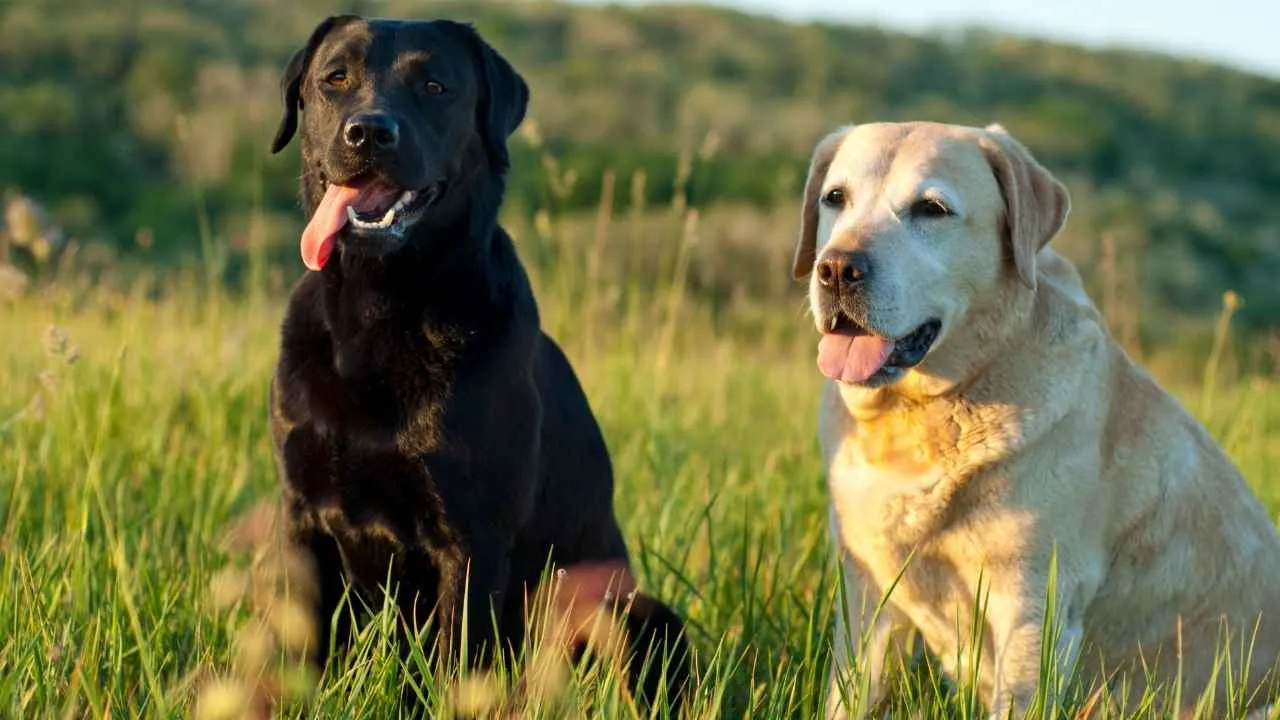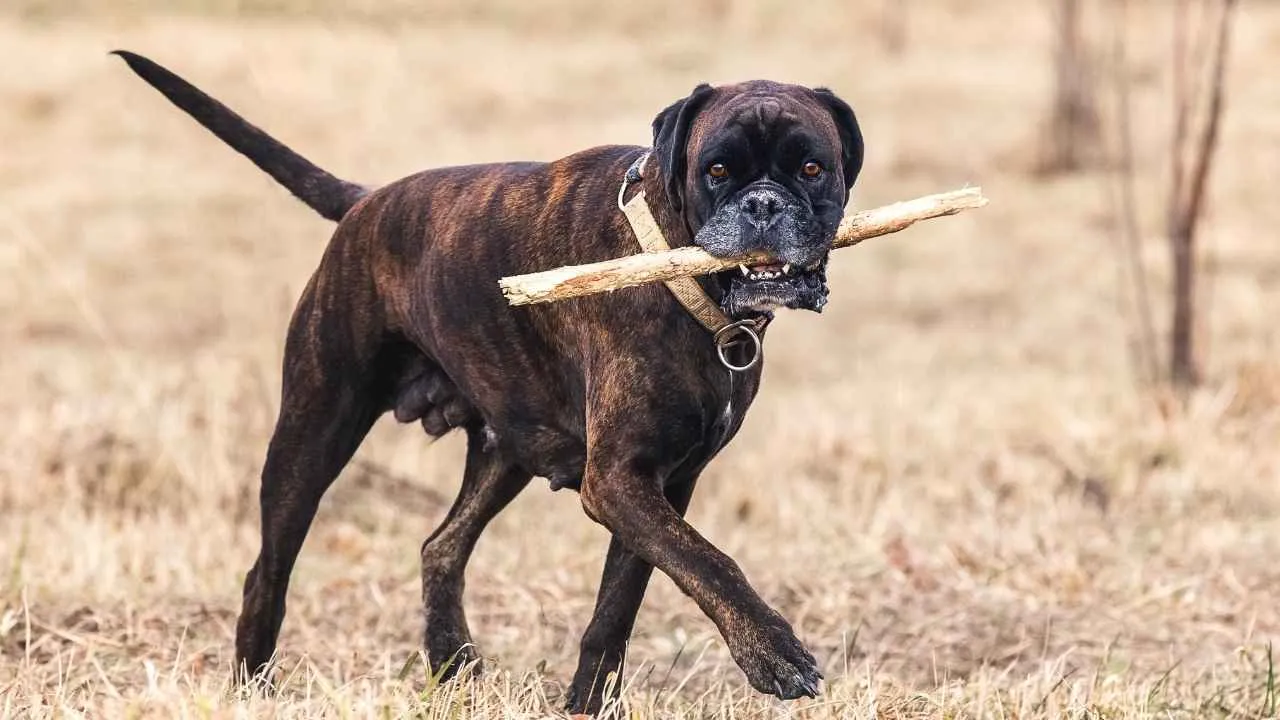Every year, countless dogs enter shelters, each hoping for a second chance at a loving home. While many of these dogs are mixed breeds, a surprising number of purebred dogs also find themselves behind kennel doors. From strays to owner surrenders, the reasons vary, but the result is the same: an overcrowded shelter system where every dog must compete for attention and a future.
Certain breeds appear more frequently in shelters, often due to their popularity, misunderstood traits, or lifestyle mismatches with their previous owners. Whether it’s a high-energy dog that needs more stimulation or a strong-willed pup that lacked proper training, these factors contribute to their arrival at shelters. Unfortunately, when many dogs of a single breed are present, their chances of standing out and finding a home can diminish.
If you’re considering adoption and have your heart set on a specific breed, visiting local shelters or breed-specific rescues might just lead you to your perfect companion. Purebred or mixed, shelter dogs are ready for a fresh start.
Dog Breeds Most Commonly Found In Shelters
1. American Pit Bull Terrier

Despite their tough image, many Pit Bulls are incredibly affectionate, loyal, and eager to bond with their human families. PetMD notes that Pit Bulls may experience anxiety, particularly when they lack proper socialization, physical activity, and mental engagement. However, their reputation often overshadows their true nature, leading to breed-specific legislation and a 93% euthanasia rate in shelters.
Their misunderstood temperament, combined with past roles in blood sports, has resulted in many of these dogs being unfairly judged. Nonetheless, for the right family willing to offer patience and proper training, a Pit Bull can be a devoted and loving companion.
History
The American Pit Bull Terrier is one of the most frequently seen breeds in animal shelters across the United States. Originally bred in 19th-century England for bull baiting, the breed was later brought to the U.S., where it became a versatile working dog on farms.
Unfortunately, its strength and tenacity also led to its exploitation in illegal dog-fighting rings. This dark chapter contributed heavily to the breed’s widespread overbreeding and the resulting population overflow in shelters today.
Fact: Nearly 18,000 Pit Bulls are listed as waiting for homes, making them the most commonly found purebred in U.S. shelters.
2. American Bulldog

American Bulldog, commonly called the AmBull, is a strong and powerful breed, often large and sometimes even approaching massive in size, as per Purina. Despite being affectionate, docile, and eager to please, American Bulldogs require consistent training and early socialization to manage their strength and energy.
Unfortunately, many owners underestimate these needs, leading to behavioral issues and eventual surrender. Their imposing size, combined with a playful yet clumsy nature, can pose challenges in homes unprepared for their intensity. Additionally, the breed’s susceptibility to health issues may drive some owners to relinquish them due to unexpected veterinary costs.
History
This dog often ends up in shelters due to its underestimated strength and misunderstood temperament. With deep roots tracing back to 18th-century England, these dogs were originally bred for working-class tasks like cattle driving and farm guarding.
Later brought to the U.S. by immigrants, they became valued for their resilience, loyalty, and ability to thrive under harsh conditions. However, today’s American Bulldog is frequently mistaken for a Pit Bull and often faces similar housing restrictions and societal prejudice.
Fact: Though not recognized as a pedigree by major kennel organizations, the American Bulldog bears a strong resemblance to the now-extinct Old English Bulldog and remains popular for its loyalty and working ability.
3. Labrador Retriever

Their high demand has fueled overbreeding by irresponsible breeders and puppy mills, often placing Labs in homes ill-equipped for their needs. When these placements fail, the dogs are surrendered to shelters.
Sadly, many black Labrador Retrievers fall victim to “Big Black Dog Syndrome”, a bias where darker-colored pets are overlooked for adoption in favor of lighter coats. As a result, many black Labs remain in shelters longer or face higher euthanasia rates.
History
As America’s most popular dog breed, the Labrador Retriever unsurprisingly shows up frequently in shelters, with nearly 18,000 listed on Petfinder at any given time. PDSA states that Labradors are loyal, caring, and friendly dogs who enjoy getting along with all people.
Originally bred in Newfoundland and brought to England by fishermen around 1800, Labs quickly gained fame as exceptional gundogs, prized for retrieving game with both skill and enthusiasm. Over time, their friendly disposition, intelligence, and adaptability made them a household favorite across the U.S., especially as family pets and service animals.
Fact: Labrador Retrievers rank alongside Pit Bulls with nearly 18,000 listed on adoption platforms like Petfinder.
4. German Shepherd

German Shepherds are among the most popular dog breeds in the United States, a status that has unfortunately contributed to their frequent presence in shelters. Their widespread appeal has led to overbreeding, often without regard to health or temperament.
Many dogs found in shelters come from irresponsible breeders or backyard operations, resulting in medical issues and behavioral challenges that overwhelmed owners are unprepared to manage. This has made the breed a familiar face in many rescue facilities across the country. Britannica states that German Shepherds are big, energetic dogs that need regular exercise to stay fit and healthy.
History
Originally developed in Germany by Max von Stephanitz in 1899, the German Shepherd was bred for intelligence, agility, and loyalty. Initially used as herding dogs, they quickly gained recognition for their versatility and were adopted by military and police forces.
In the U.S., the breed was officially recognized by the American Kennel Club in 1908. Their keen working instincts and protective nature make them outstanding service dogs, but also require significant training and care, factors that some adopters underestimate, contributing to their surrender.
Fact: These rescue dogs are frequently surrendered due to health or behavior issues stemming from poor breeding practices, not their inherent nature.
5. Chihuahua

Despite their size, Chihuahuas require the same level of care, training, and attention as any other breed. However, their image as purse-sized accessories has led to widespread overbreeding and irresponsible ownership.
Many Chihuahuas are surrendered to shelters once their owners realize these tiny dogs can become fearful, aggressive, and difficult to manage without proper socialization. As a result, Chihuahuas and their mixes are among the most common breeds found in shelters across the U.S.
History
The Chihuahua’s ancient lineage traces back to pre-Columbian civilizations, where they evolved from the larger Techichi dogs revered by the Toltecs and later refined by the Aztecs into the tiny companions we know today.

After surviving the Spanish conquest, these small but spirited dogs were rediscovered in the Mexican state of Chihuahua in the mid-1800s and went on to become international symbols of charm and confidence. Over time, cultural moments, from Xavier Cugat’s performances to Hollywood films like Legally Blonde, fueled their popularity, especially in urban areas.
Fact: In California alone, Chihuahuas account for 30% of the dog population in shelters.
6. Boxer

Boxers are often described as lovable clowns with boundless energy, but that same exuberance can become a challenge for unprepared owners. Known for their strength, intelligence, and playful nature, Boxers thrive on regular physical activity and consistent training.
When their need for exercise isn’t met, they may resort to undesirable behaviors like chewing, jumping, or becoming overly excitable. Many end up in shelters because their high energy and strength can be overwhelming for families who aren’t ready to invest the time and effort required to keep them engaged and well-behaved.
History
This powerful breed traces its lineage back to 19th-century Germany, developed from now-extinct Bullenbeissers and crossed with Mastiffs, Bulldogs, and possibly Great Danes or Terriers. Originally used for bull baiting and later for controlling cattle in slaughterhouses, Boxers transitioned into roles as police and service dogs due to their alertness and trainability.
They gained popularity in the U.S. after World War I and have remained beloved companions. Despite their working-dog roots, Boxers are affectionate and especially great with children, traits that make them wonderful pets for the right home.
Fact: Boxers are frequently surrendered due to their high energy and training needs, which many new owners underestimate.
7. Beagle

Despite their charm and adaptability, Beagles often end up in shelters due to behavioral challenges. Known for their powerful sense of smell and hound instincts, they are naturally vocal, frequently barking or howling, especially when bored or left alone.
These loud tendencies, while perfectly natural for a hunting breed, can frustrate unprepared owners and lead to surrender. Their energetic and curious personalities also require engagement and consistent boundaries to thrive in a household setting.
History
Originally bred as scent hounds, they were prized for their ability to track rabbits and hares on foot, earning them the title of “foot hounds.” Their lineage dates back to ancient England, with modern Beagles descending from small hounds used by English gentlemen in the 1500s.
Their popularity spread to America after the Civil War, where they became a favorite among rabbit hunters and were officially recognized by the American Kennel Club in 1885.
Fact: Beagles are often surrendered to shelters because their loud baying and howling, typical of hounds, can become overwhelming for some families.
Conclusion
Understanding which dog breeds are most commonly found in shelters offers crucial insight for prospective adopters seeking to make an informed and compassionate decision. While many shelter dogs are mixed breeds, certain dog breeds like American Pit Bull Terriers and Beagles repeatedly top the list. Often, this is due to their high energy levels, misunderstood temperaments, or unmet behavioral needs. Many of these dogs, despite ending up in shelters, are very sweet dogs capable of forming deep bonds with their adopters, given the right environment and care.
Additionally, Chihuahua mixes, German Shepherd Dogs, and Australian Cattle Dogs are among the most common dog breeds seen in shelters. These intelligent and energetic breeds require engaged owners who understand their needs. By adopting one of these most dogs in need, individuals not only gain a loyal companion but also help relieve shelter overpopulation. Choosing to adopt rather than shop gives many wonderful dogs a second chance at a forever home.


